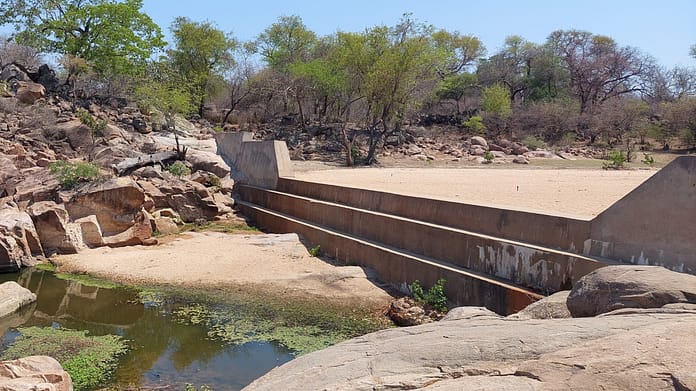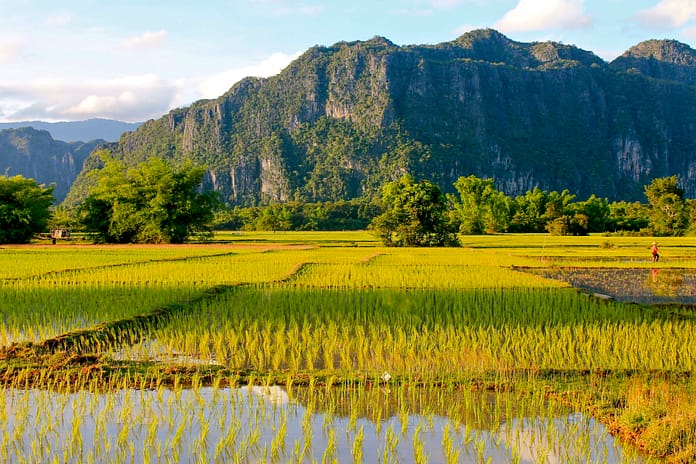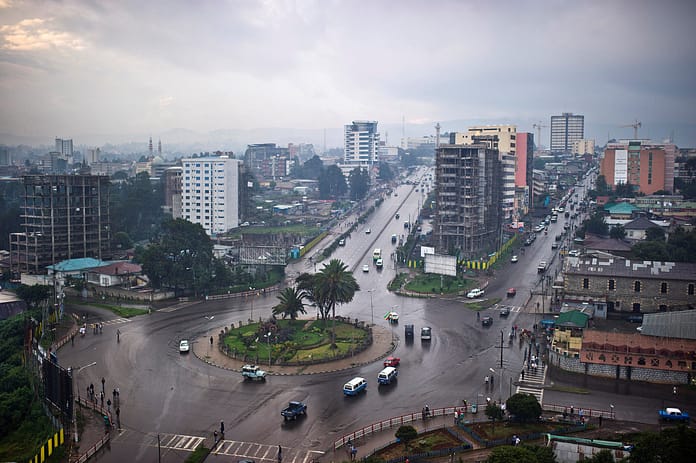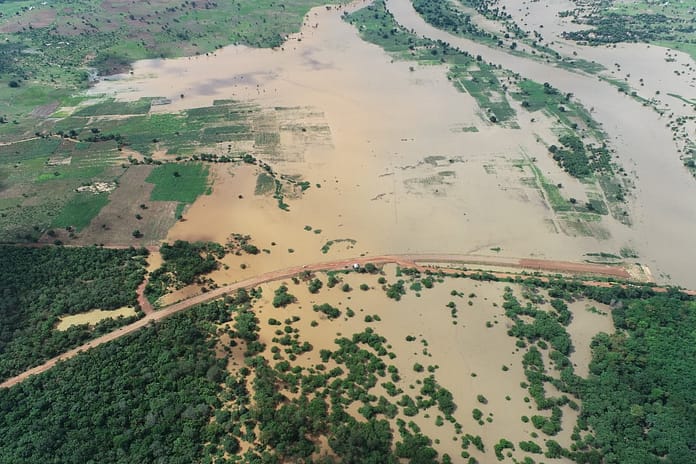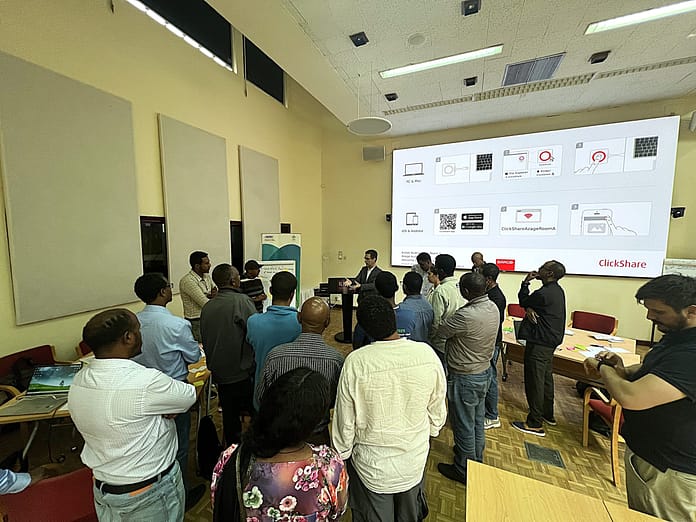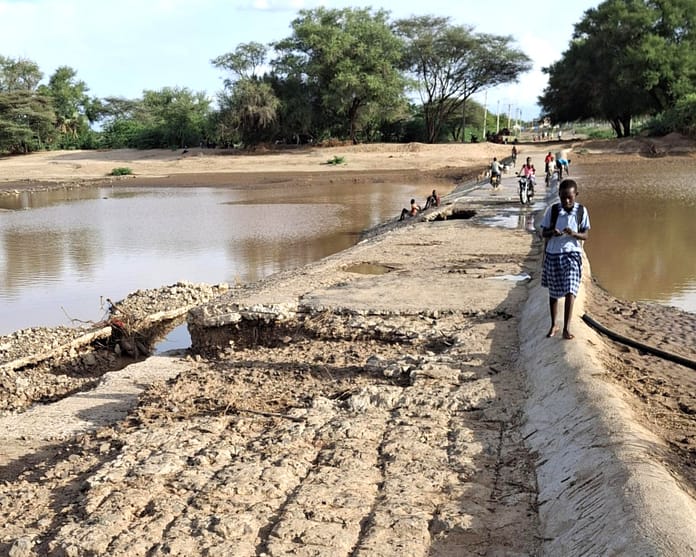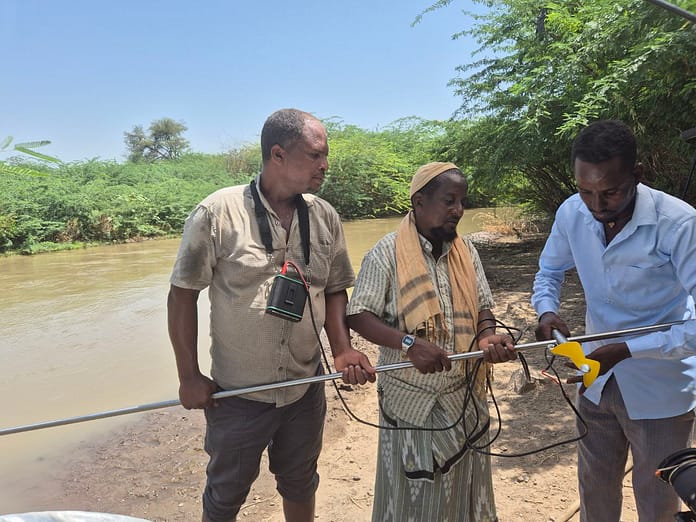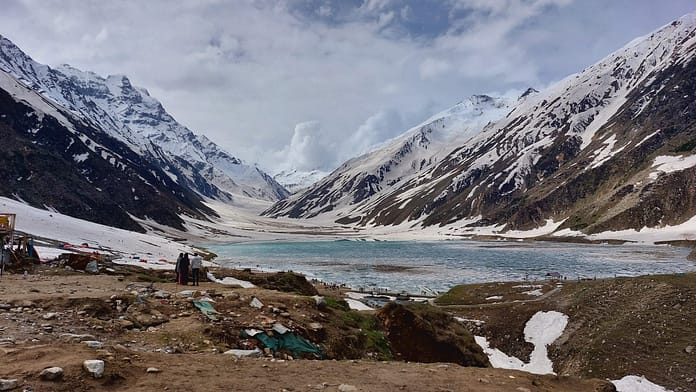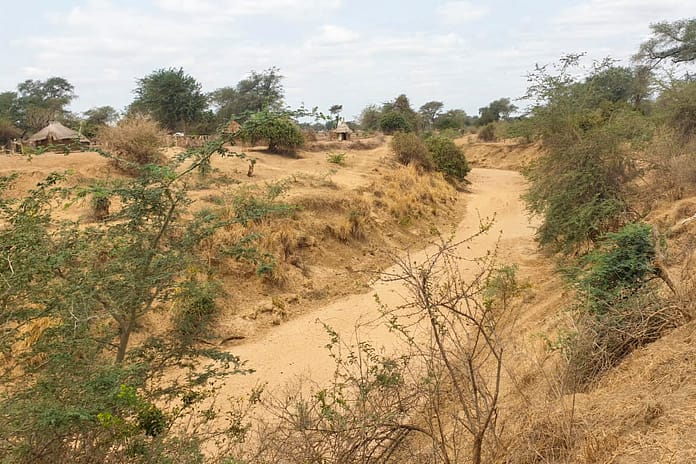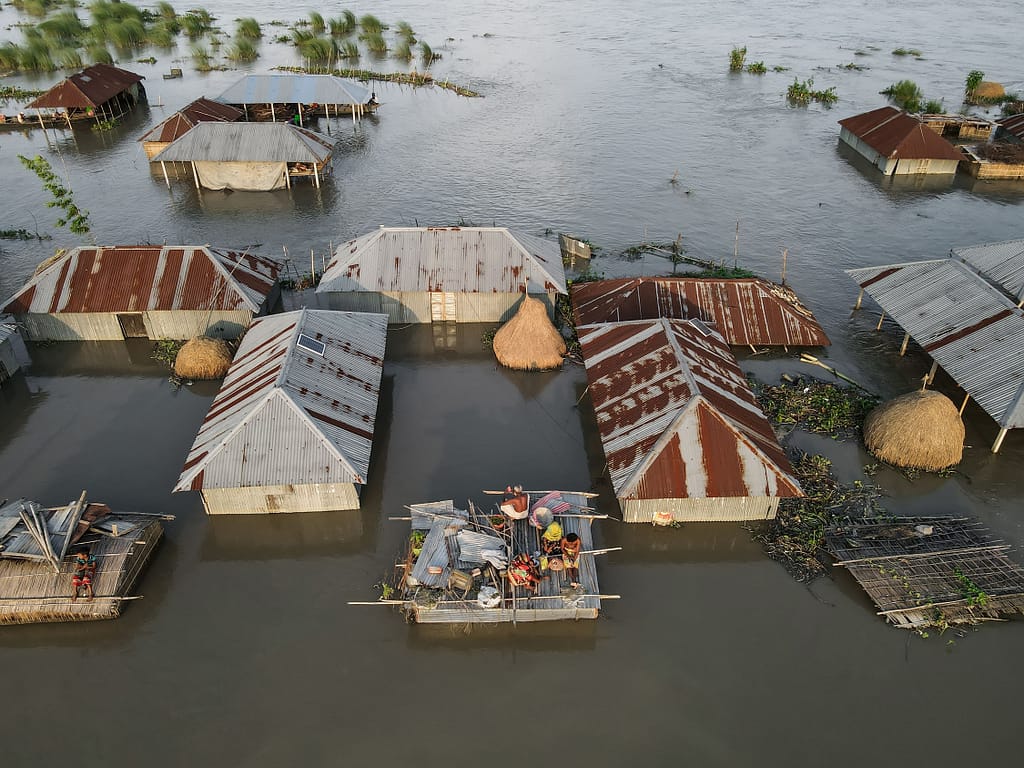
Bangladesh is one of the most climate-vulnerable countries in the world, facing intense monsoon floods and prolonged dry spells. Its low-lying geography and dependence on river systems make it highly susceptible to shifting rainfall patterns, water scarcity and groundwater stress. This dual challenge — excess water in the wet season and scarcity in the dry season — threatens agriculture and livelihoods.
According to research by the International Water Management Institute (IWMI), 53 million people in Bangladesh live in flood-affected areas, and 4.8 million hectares of agricultural land are impacted by floods. Agriculture in Bangladesh is heavily dependent on groundwater-based irrigation, with around 80% of total irrigation sourced from groundwater.
Industries such as textiles, food processing and manufacturing also depend heavily on groundwater. This widespread reliance has led to critical groundwater stress, environmental degradation and long-term sustainability concerns.
However, these challenges also present an opportunity: managing floodwater for groundwater recharge to strengthen year-round water security and climate resilience.

The potential of transferring floodwater underground
Managed aquifer recharge (MAR), particularly through the underground transfer of floods for irrigation (UTFI) approach introduced by IWMI in India in 2015, presents a sustainable path forward. This approach helps manage floods and droughts by recharging excess wet season flows into aquifers, restoring groundwater levels while reducing flood risks.
Bangladesh meets the three essential criteria for the successful implementation of UTFI approach: supply, demand and storage.
At the supply level, Bangladesh has floodwater in abundance. The country experiences frequent and often devastating floods, particularly during the monsoon season, and therefore has a consistent and predictable source of excess surface water during the wet season. This surplus water, which currently causes damage and displacement, presents a reliable supply that can be redirected and utilized constructively for aquifer recharge.
Despite seasonal water abundance, Bangladesh faces acute water scarcity in the dry season, especially in its northwestern and north-central regions, and agriculture is heavily dependent on groundwater. Media reports suggest unsustainable extraction has led to declining water tables, posing long-term threats to food security, rural livelihoods and industrial operations. This growing demand for secure water sources makes managing recharge an urgent necessity.
When it comes to storage, Bangladesh is suitable for aquifer recharge. Northwest regions in Bangladesh, particularly the Barind Tract and adjacent areas, offer favorable hydrogeological conditions for underground water storage. The presence of deep, unconfined aquifers with moderate permeability and limited natural recharge makes them an ideal place for UTFI interventions. Additionally, the relatively flat terrain simplifies the construction and maintenance of recharge structures.
Global assessments show very high UTFI suitability in South Asia, including Bangladesh. UTFI has been piloted successfully in India’s Ramganga basin in Uttar Pradesh. Similar interventions in Bangladesh’s northwest and north-central regions, including the Barind Tract, could offer promising results.
Between 1985 and 2016, groundwater in northwestern Bangladesh has significantly declined, with over 65% of 350 wells indicating falling water tables. In 2018/2019, the country had 1.6 million irrigation pumps, 85.7% of them shallow tube wells, underscoring the urgency of alternative recharge solutions.

Moving toward resilience
The concept of UFTI is gaining momentum globally, for its ability to address water scarcity, flood risk, aquifer health and climate resilience in one integrated solution. UTFI can provide similar advantages for Bangladesh.
Alok Sikka, Country Representative at IWMI in India and Bangladesh, explains, “By involving local communities, UTFI enables the productive use of water, storing it for future needs and improving access, thereby positively impacting livelihoods. This new management approach helps reduce climate-related vulnerability and risks.”
Capturing and storing monsoon water through underground tanks or recharging ponds can reduce pressure on aquifers, help prevent flood damage and support year-round water availability. Additionally, it helps preserve river baseflows during dry months, mitigates land subsidence and prevents saltwater intrusion.
To operationalize UTFI in Bangladesh, IWMI conducted an initial suitability assessment in partnership with the Bangladesh Water Development Board (BWDB) and the Barind Multipurpose Development Authority (BMDA), focusing on areas affected by unsustainable irrigation practices, naturally saline groundwater and excessive industrial development. The assessment identified high suitability in the Northwest region and the Barind Tract, where intensive groundwater development has led to significant depletion. Further local-scale assessments are necessary, particularly around groundwater, water quality and community engagement. A phased, adaptive approach with cross-sector collaboration is essential, especially as UTFI intersects with irrigation, disaster risk reduction and water security.






